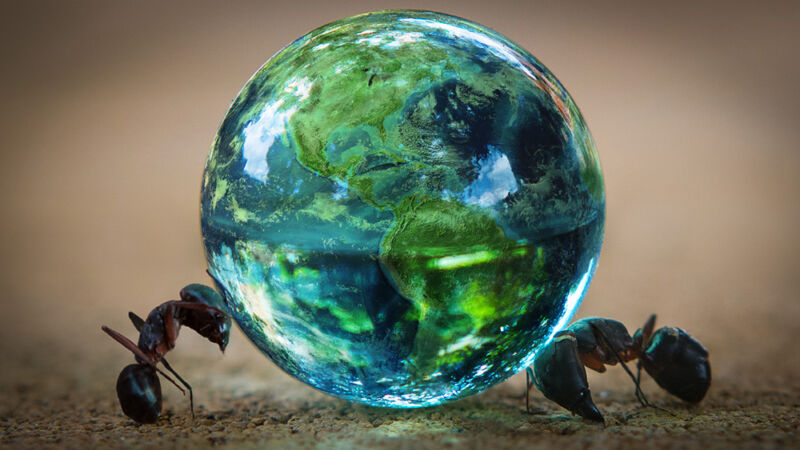
Enlarge / Studying how ants organize division of labor within a colony can lend insight into how political polarization occurs in human society. (credit: Aurich Lawson / Getty Images)
Ants may be tiny critters with tiny brains, but these social insects are capable of collectively organizing themselves into a highly efficient community to ensure the colony survives. And it seems that the social dynamics of how division of labor emerges in an ant colony is similar to how political polarization develops in human social networks, according to a recent paper in the Journal of the Royal Society Interface.
"Our findings suggest that division of labor and political polarization—two social phenomena not typically considered together—may actually be driven by the same process," said co-author Chris Tokita, a graduate student in ecology and evolutionary biology at Princeton University. "Division of labor is seen as a benefit to societies, while political polarization usually isn't, but we found that the same dynamics could theoretically give rise to them both."
Tokita and his advisor/co-author, Corina Tarnita, were collaborating with a group at Rockefeller University that was using camera tracking to study ants—specifically, how division of labor emerges in very small groups (between 12-16 ants). Their job was to devise a model for a behavioral mechanism that would explain the patterns that the Rockefeller people had observed in their experiments. "Originally, we thought social interactions might play a part," Tokita told Ars. "But it turns out we didn't need to think about social interactions to capture their results."
No comments:
Post a Comment